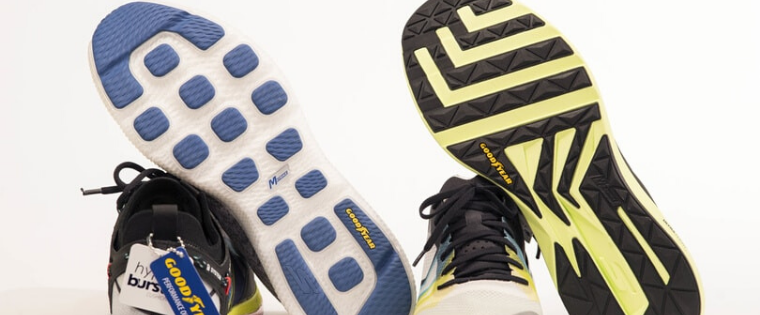
Authenticity as a Vital Ingredient
“Authenticity” has become one of the most au courant buzzwords in marketing today. And, as with anything that crosses over into the land of cliché, it’s because it represents an underlying element of truth: The need for a product or a brand to establish to the consumer that it adheres to the values and qualities it aims to promote. (As noted here yesterday, that also goes for influencers, who need to be perceived of as authentic in order to maintain their influence.)
It’s why companies adopting a sustainability message, for example, need to make sure they’re seen as legitimately positioned, and not just superficially “greenwashing.”
Co-Branding
The goal of establishing authenticity is also reflected by co-branding efforts that combine performance aspects of another company’s product to denote superior performance. Take the recently announced introduction of a Skechers footwear line that features Goodyear-branded soles.
To be sure, a licensing deal between a footwear company and a materials supplier isn’t new. Gore-Tex and Nike have paired off in recent years as have Adidas and Kevlar. But what is relatively new is consumers increasingly adding authenticity to their checklists in making buying decisions and a broadening of products that include it.
Ingredients-based deals have become a staple of the food business. The recent ISM sweets and snacks show in Cologne, Germany, for example, was rife with chocolates and meats flavored (and branded with) an array of whiskeys and other spirits.
Not about the brand
Materials can reflect authenticity even when they’re not branded. For example, Fielder’s Choice Goods fashions wallets, belts and other products from the leather of vintage baseball gloves. A recent limited-edition line of billfolds made from 1950s era gloves sold out within 24 hours.
“It’s all about getting people closer to the game or the brand these days,” says CEO Dan Hock of Zumer Sport, which makes sports bags (several carrying collegiate licenses) and accessories from the same material as the balls used in their respective sports. “For us it can be all about the people who played a sport seeing a product made from the essence of that sport that creates a visceral feeling. for others it’s all about the connection to the school and wanting to have anything that’s part of it.”
As long as it’s authentic.

















